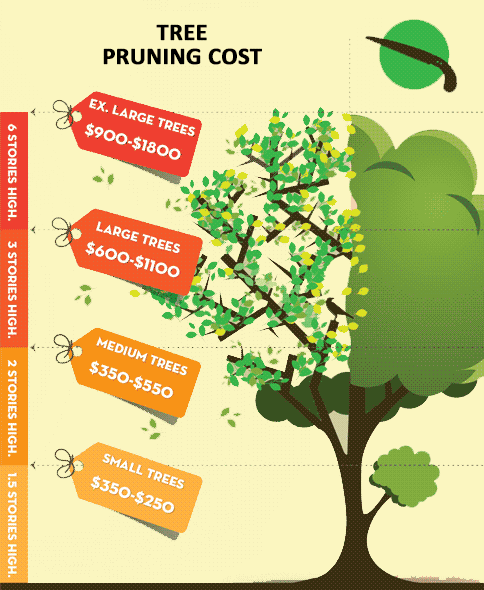Seasonal Trimming Of Trees: When And How To Trim For Best Development
Seasonal Trimming Of Trees: When And How To Trim For Best Development
Blog Article
Authored By-Carlsson Eriksson
When it involves seasonal tree trimming, timing and strategy are important for your trees' health and wellness and growth. You could be surprised at just how much a basic cut can motivate brand-new life. Understanding when to prune inactive trees versus blooming ones can make all the distinction. However it's not practically when; it's likewise regarding just how you do it. Let's explore the most effective practices to ensure your trees grow.
Recognizing the most effective Seasons for Tree Trimming
When's the best time to cut your trees? The response lies in comprehending the seasons. Late wintertime to very early spring is usually excellent, as trees are still inactive. This timing minimizes stress and anxiety and advertises much healthier growth when they awaken.
Nevertheless, if you're managing blooming trees, take into consideration trimming right after their blossoms discolor. This ensures you will not cut off next year's blossoms.
In summertime, light trimming can aid maintain shape and remove any type of dead or unhealthy branches. Stay clear of heavy pruning during autumn, as trees are planning for inactivity and could battle to heal.
Ultimately, recognizing your tree varieties and neighborhood climate will certainly guide your trimming routine. Select carefully, and your trees will thrive wonderfully year-round.
Crucial Trimming Strategies for Healthy Trees
Pruning your trees successfully is vital for their health and wellness and durability. Start by utilizing clean, sharp devices to make specific cuts, which assists avoid damage and condition.
Focus on removing dead, harmed, or going across branches first; this urges better air flow and sunlight penetration. When cutting, go for an angle that advertises recovery and minimizes the danger of rot. Always prune just outside the branch collar, the inflamed location where the branch satisfies the trunk, to enhance recuperation.
For young trees, shape them by uniquely pruning to create a strong framework. Finally, prevent over-pruning; getting rid of too much vegetation can emphasize your tree.
Common Mistakes to Prevent When Pruning
Several home owners make essential mistakes while pruning their trees, which can lead to long-lasting damages.
One usual mistake is over-pruning, where you eliminate way too many branches at once. This can worry the tree and prevent its development.
Another mistake is using dull devices; sharp, tidy devices make cleaner cuts that heal much faster.
Do not fail to remember to trim at the wrong season; winter season is often best for many varieties, while summertime is suitable for others.
Likewise, stay clear of reducing branches as well near to the trunk or leaving stubs, as both can welcome pests and diseases.
Finally, falling short to step back and assess the tree's general shape can lead to uneven development.
Keep these blunders in mind for healthier, prospering trees!
Conclusion
Finally, seasonal tree trimming is essential for your trees' health and wellness and growth. By pruning at the right times-- late winter months for inactive trees and right after blossoms for blooming varieties-- you'll motivate lively vegetation and blooms. Keep in mind to use tidy, sharp devices and follow appropriate techniques to prevent damage. Prevent heavy trimming in the fall and remain free from typical mistakes. With Highly recommended Internet page in mind, you'll maintain your trees flourishing throughout the year!
